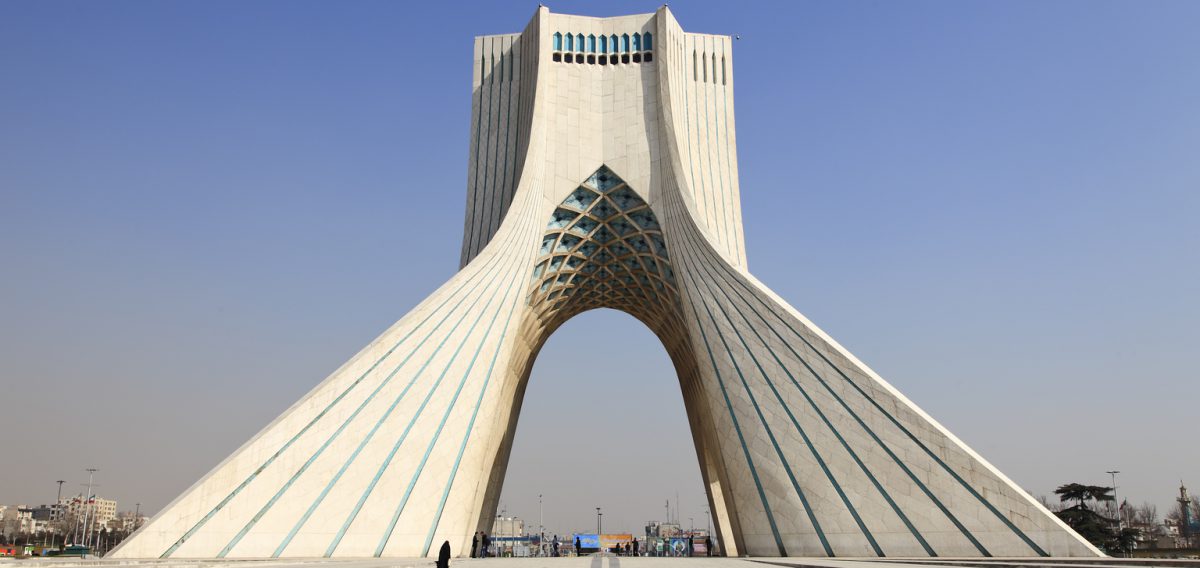I’ve been busy traveling and catching up on other work since the conclusion of the Iranian election two weeks ago, so I haven’t had as much time to devote to the blog. I’m planning to do a more thorough analysis of Trump’s emerging Iran “strategy” when I get a chance.
For now, though, I want to take a moment to focus a bit of attention on a smaller piece of news from the New York Times that risks going unnoticed thanks to the chaos of the past week. Matthew Rosenberg and Adam Goldman are reporting that Michael D’Andrea has been named the new head of the C.I.A.’s Iran operations desk. You may remember D’Andrea from a high-profile 2015 NYT piece by Mark Mazzetti and Matt Apuzzo, which named D’Andrea publicly for the first time as one of the architects of the C.I.A.’s targeted killing program. For years prior to that, D’Andrea was known only by his aliases or nicknames, including “The Undertaker,” “Ayatollah Mike,” “The Dark Prince,” or simply “Roger.” His reputation, if not his name, has long been a feature of both DC-Beltway and pop culture intrigue. Described as a “gaunt, chain-smoking convert to Islam,” D’Andrea has been mentioned in various pieces throughout the years, including Mazzetti’s 2013 book, The Way of the Knife. He was also the basis for the character named only as “The Wolf” in the 2012 film about the hunt for Osama Bin Laden, Zero Dark Thirty.

Given D’Andrea’s penchant for action, this move suggests that the C.I.A. is transitioning toward a more aggressive approach to Iran that better conforms with the Trump Administration’s hardline rhetoric. The Times gives D’Andrea some praise in its write-up of the move, noting that he “comes with an outsize reputation and the track record to back it up: Perhaps no single C.I.A. official is more responsible for weakening Al Qaeda.” That second part may or may not be true (I don’t know if they rank these types of things), but my own cursory review of D’Andrea’s past actions reveals a record that is mixed, at best. He was involved in the development of the Agency’s “detention and interrogation program,” best known for torturing detainees. As head of the C.I.A.’s Counter Terrorism Center, D’Andrea presided over a targeted killing campaign that despite its enormous body count, hasn’t been able to win the so-called “War on Terror.” In one infamous incident — which eventually led to his 2015 naming in the press — he authorized a drone strike in Pakistan that killed two Western hostages, including one American. He also may have prevented a memo alerting the FBI to the presence of one of the 9/11 hijackers in the United States from ever reaching the Bureau.
If D’Andrea implements a similar “active” approach to operations in his new role, I don’t expect good things to come of it. Since the founding of the Islamic Republic, Iran has been highly attuned to attempts at clandestine American meddling in their system. The storming of the American Embassy in Tehran in 1979 was, after all, prompted by the admission of the exiled Shah to the United States, a move many Iranians interpreted as a prelude to another 1953-style coup d’etat. Even if one accepts the narrative success of D’Andrea’s previous missions, applying the same logic of fighting Al Qaeda (or any terrorist group) to Iran holds the potential for disaster. There are numerous cultural, political, and religious differences to account for, to say nothing of the fact that Iran is an established nation-state with large, well-equipped armed forces. Any ham-fisted attempts at regime change or foreign meddling risks undermining the gradual progress Iran has been making toward a freer, more open society under Rouhani. It would bolster the arguments of hardliners like Supreme Leader Ayatollah Khamenei, who constantly preach about the risks of American infiltration. Success in toppling the regime, however, might be even worse: it could destabilize one of the few remaining stable states in the region and increase turmoil in an already tumultuous part of the world. The ripple effects from such a disruption would be felt far and wide.
What happens after that is anyone’s guess.
